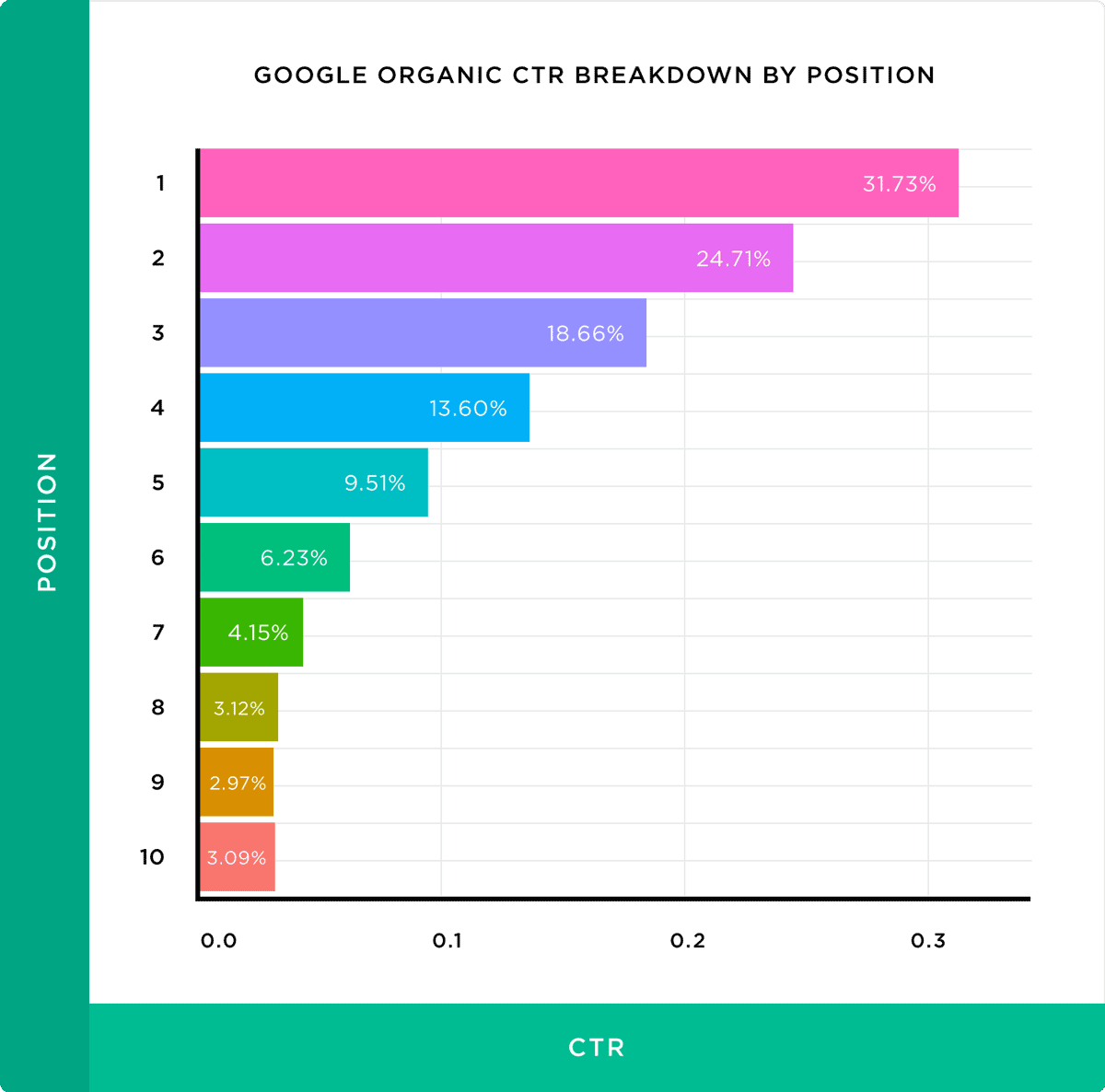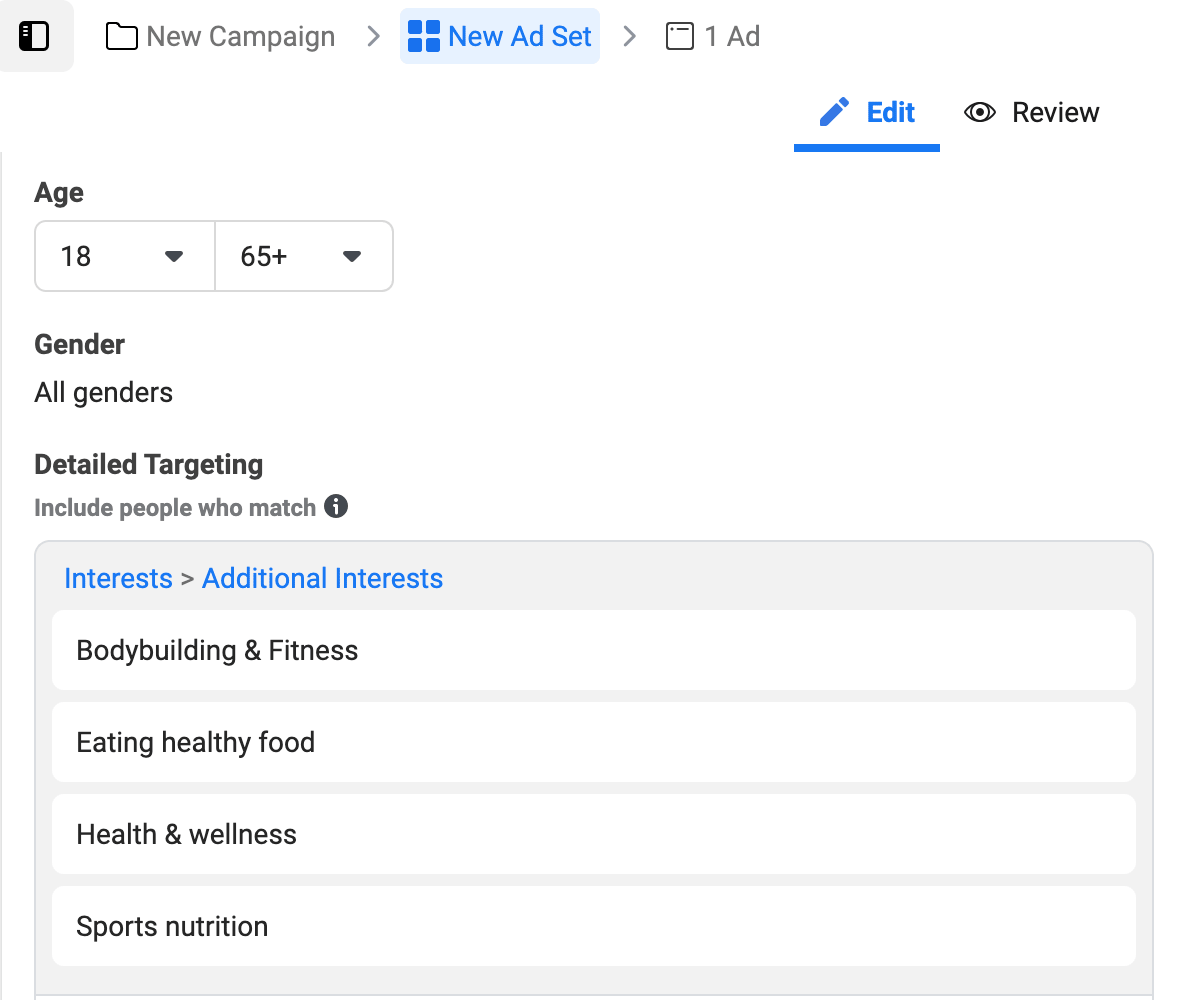How to get visitors to your website without being annoying

Listen, we've all been there. You create your first website. You finally publish it. You're incredibly excited. And then… nothing happens.
There are no visitors. Nobody's buying anything. Your website just sits there. And your excitement turns into deflation.
At this point, you start wondering why. Is there something wrong with my website? Is it too ugly? Is it too complicated? No, no, and no. Even if you build the most gorgeous website in the world, you still won't get any visitors if people don't know about it!
It's that simple - if you want your website to get visitors, you have to let people know it exists. And there are two main ways to do this.
Outbound vs inbound marketing

Outbound marketing explained
Things like TV ads, billboards, website display ads, cold emails, and unsolicited calls are all examples of outbound marketing, which is also aptly called “interruption marketing”. You're interrupting whatever a person is doing with a message about your product or website.
Outbound marketing is typically used by larger companies as it needs a substantial advertising budget and getting a sale/visit from this type of marketing costs a lot making it generally unsuitable for smaller businesses.
Plus, it simply doesn't make sense to shout your brand name from the rooftops if nobody knows who you are - you'll just come across as intrusive and annoying. Once you have established some brand presence and customers know that you can be trusted, that's when outbound marketing starts making more sense.
Inbound marketing explained
Inbound marketing, on the other hand, doesn't interrupt anything and targets people that are already looking for something. Examples of inbound marketing practices include things like content marketing, SEO, PPC, social media, influencer outreach, public speaking, and more.
The chief idea behind inbound marketing is to interact with people that are already potential customers. These are people who are searching for solutions, people who follow your brand on social media, people who want to know more about your product or things related to it.
Example of outbound vs inbound marketing
Imagine you own an online store selling nutritional supplements. Outbound marketing would mean, for example, paying for a TV ad or buying an email list and sending out cold emails about your product offering.
A case of inbound marketing would be reaching out to health influencers and asking them to advertise your products. Another example would be creating some blog posts about the benefits of nutritional supplements that people could find on Google and advertising your products inside these articles. In these cases, you're not interrupting anyone - you're reaching potential customers with information that they're actively interested in.
Of course, you can use both outbound and inbound marketing at the same time, however inbound marketing tends to be significantly cheaper - you'll have to invest less and you'll get more customers/visitors.
Let's take a look at some inbound marketing tactics you can start using right now to attract traffic to your website.
5 ways to attract website visitors with inbound marketing
SEO
When you need something, what's the first thing you do? You google it, of course! And then you click on one of the first results.
The goal of search engine optimization is to get your website to appear as one of these first results. If people are searching for “Where to buy nutritional supplements” and your website shows up first - you have a good chance to convert these people into customers.
The graph below shows which results people click on when they google something:

Source: Backlinko
To be on the first page of Google, you need to optimize your website so that Google's search engine knows to display your website when someone searches for a related product. Check out Mozello's basic SEO guide that will help you get started and attract traffic to your website.
Content marketing
Content marketing includes everything from blog posts and webinars to videos and case studies. First, you need to create some helpful and/or interesting content around a topic that's relevant to your business. Then you can share this content with people that are interested in this topic.
Here's one free way how to get started with content marketing in the context of our nutritional supplements example:
- Join a nutritional supplements Facebook group and see what kind of questions people are asking. For example, somebody could be asking - “Are nutritional supplements vegan-friendly?”
- Write a blog post or record a video that answers the question and include links to some of your products.
- Post the content on your website.
- Share your content with the people that are interested in the answer.
Your main goal is to provide valuable information and you shouldn't be too pushy with marketing your own products.
Another popular way to achieve this is with an eBook. Giving people some in-depth and/or practical information about a topic related to your business is a sure-fire way to attract loyal customers. For instance, you could analyze some of the most popular vegan recipes and explain their nutritional values, highlighting what kind of supplements or foods need to be added to ensure the body gets everything it needs.
You could give the eBook away for free to attract some traffic and customers, or even sell it as a stand-alone digital product on your Mozello website.
If you do a good job informing and educating your potential customer, there's a high chance that they'll buy (more) from you. Check out this content creation guide on how to write articles that your visitors will love!
The hardest part of content marketing is finding people interested in this topic. Facebook groups and other social media are a great place to start, but you can also search the internet for forums and related websites. Writing SEO-friendly articles can also help you to tap into some traffic from Google.
Influencer marketing
Influencers often have very niche followings. An influencer posting about cars will have an audience of people interested in cars. An influencer posting about tattoos will have an audience interested in tattoos. And so on.
By working with the right influencers, you're reaching an audience that is already interested in your product. To continue our nutrition supplements example, you could reach out to relevant influencers.

Just hop on Instagram and start searching! One thing you have to understand, however, is that influencers are running a business. So not only will you need to provide them with your product, but you'll also have to pay for the social media posts they publish with your product. But, since they have a hyper-focused audience of people it can really pay off.
Social media marketing
Creating a following on social media that's looking forward to hearing from you is another great way to do inbound marketing and channel traffic to your website. If people like and share your posts, you can easily reach a large audience.
You can also invest in social media ad campaigns. They let you target people with specific interests so you can reach people already interested in your product. Here's an example of Facebook's detailed targeting feature:

An outbound marketing strategy would be creating an ad that says “BUY OUR LATEST PRODUCT” and targeting it at a general audience in a region.
An inbound marketing strategy would be, for example, creating an ad around your “Are nutritional supplements vegan-friendly?” article and targeting it at a specific health-interested audience to lead them to your blog. This way you not only get traffic, but also start building a relationship of trust with your potential customers.
PPC AdWords
This is another paid strategy and it's a great one to use if your website's SEO isn't that great yet. You can pay Google to show your website as the first result when a user searches for something you offer. You've probably encountered these ads before:

They're called PPC (Pay-per-click) ads and as the name suggests - you only pay when somebody actually clicks on your ad! You have a wide variety of options on how to set them up - specifically, you can decide for what searches your ad appears. But, since each click costs you, then it's best to run ads for customers who intend to buy.
This means that you should set your PPC ads up in such a way that, for example, your ad only appears when someone is searching for “buy nutritional supplements”. This person is clearly looking to spend some money and your goal is to make sure they spend it in your store.
If you set up your ad to appear for searches where people are looking for information, e.g. “how are nutritional supplements produced?”, then people might visit your website, but not buy anything, which means you won't get any money back.
That said, it's not necessarily a bad thing. If you give the users a fantastic answer, they'll remember you and are likely to return to your website in the future. In other words, you can use PPC ads to boost your content marketing efforts, just don't expect the same immediate results as you would get with ads targeting users with buying intent.
If this sounds a bit complicated, then check our super accessible guide on the basics of PPC advertising.
Conclusion
Just having a website won't do your business any good if nobody knows about it. It's better to have an average website with some marketing, than to have a great website with zero marketing.
If you're a small business owner, then inbound marketing is the strategy for you because it's cheaper and more welcoming than its pushy outbound counterpart.
The methods listed in this article are a great place to start, but it's by no means an exhaustive list. Things like sponsoring events, public speaking, online courses, ebooks and many others can also serve as fantastic inbound lead generators, however, they tend to be more valuable for mature businesses.
Keep in mind - you don't have to go all in on one method. Try different marketing methods and discover which one brings you the most traffic/sales or which one you prefer working with the most. You have to keep experimenting to get the best results.
